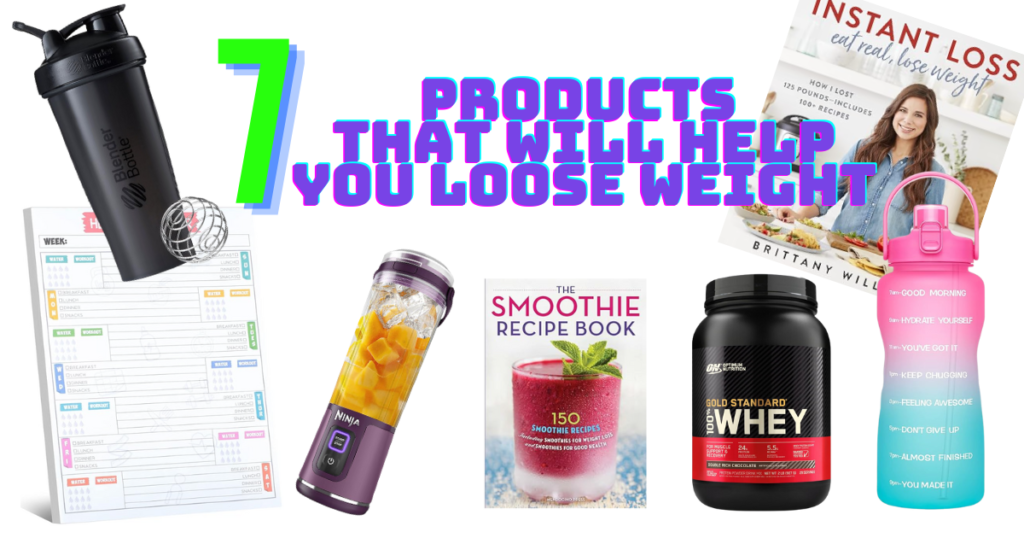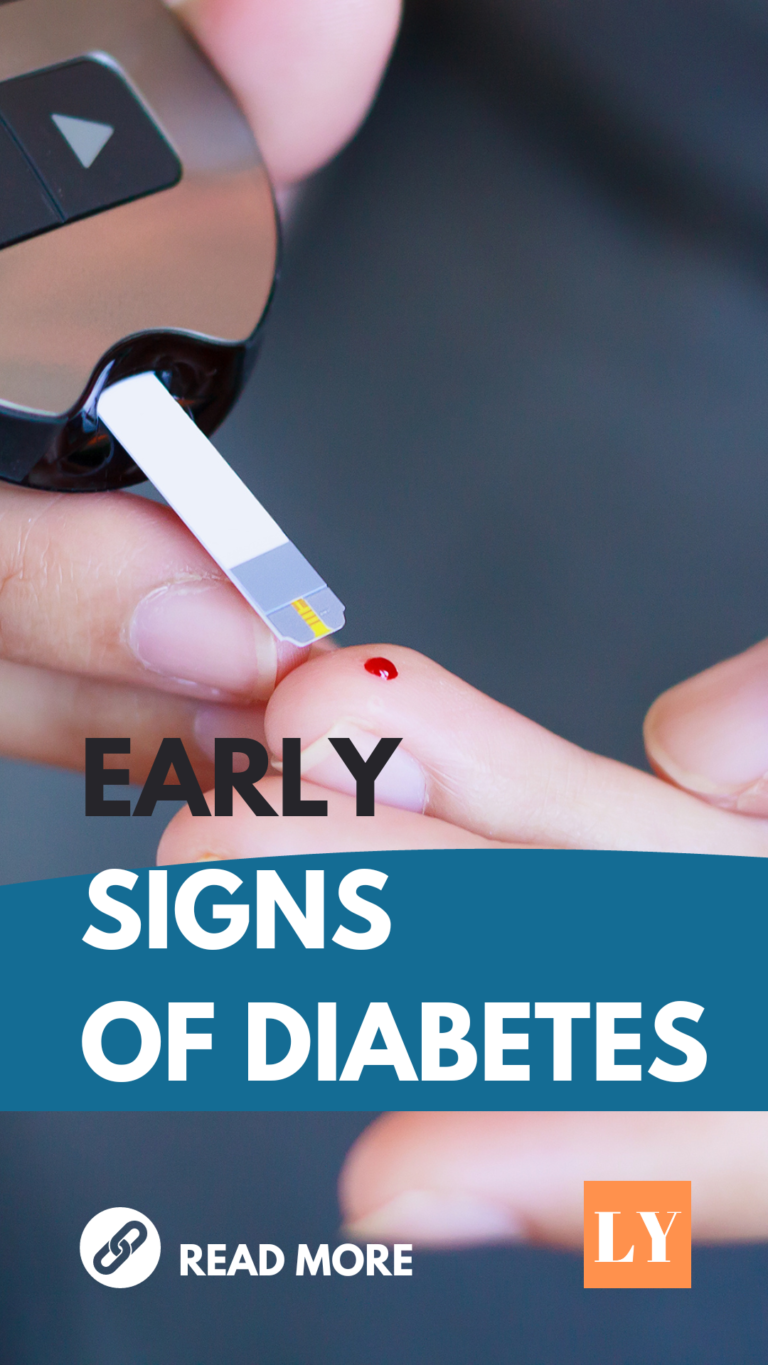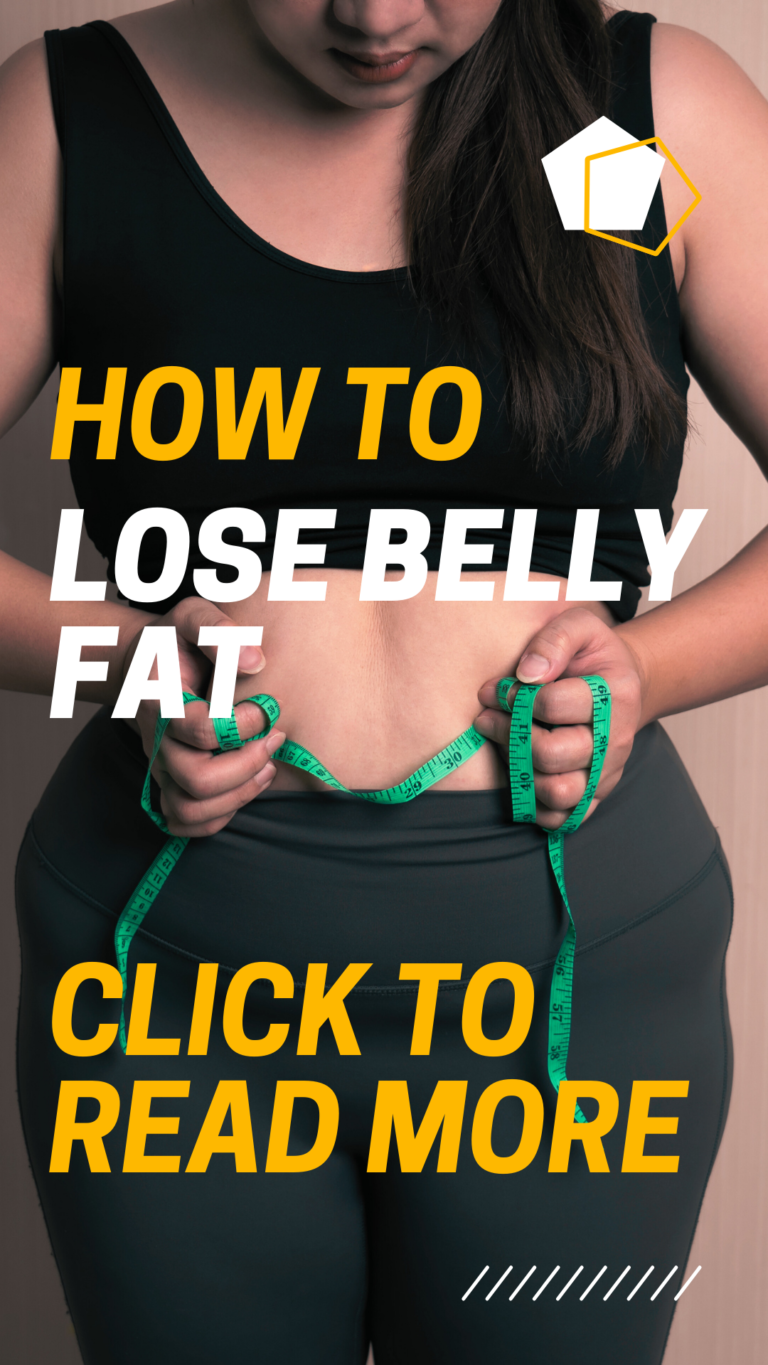
If you are here that means that you’ve already made up your mind on starting your diet journey to loss weight. We all know that the start of that journey is the most difficult one, but once you’ve started and jump on that horse it is much easier.
In this blog post we are going to go over 7 products that will help you built your motivation and to start your choosen diet plan no matter which one you choose, it can be the Intermittent Fasting plan, the Mediterranean Diet, keto diet, etc.
All of the above diets have 7 things in common:
1. Water intake
The link between water intake and weight loss is not just a health myth; it’s a science-backed strategy that can make a substantial difference in your weight loss and healthier you journey.
How much water should I drink a day to loss weight?
The standard recommendation of eight 8-ounce glasses a day might be a good starting point, but for those on a weight loss mission, personalized hydration is key. A more precise guideline is to aim for half your body weight (in pounds) in ounces. So, if you weigh 160 pounds, target 80 ounces of water daily. However, factors like climate, activity level, and individual metabolism also play a role.
Drinking water before meals can act as a natural appetite suppressant, reducing the likelihood of overeating. Sometimes, our bodies mistake thirst for hunger, leading to unnecessary snacking.Staying well-hydrated helps avoid this confusion, promoting more mindful eating habits.
Hydration plays a vital role in your body’s ability to burn calories efficiently. Studies suggest that drinking cold water may prompt the body to work harder to warm it up, resulting in a temporary boost in metabolism. While this doesn’t mean you should solely rely on ice-cold water for weight loss, it adds a refreshing twist to your hydration strategy.
- Institute of Medicine (IOM) Guidelines:
- The Institute of Medicine suggests a total daily water intake (from all beverages and foods) of about 3.7 liters (125 ounces) for men and 2.7 liters (91 ounces) for women.
- National Academies of Sciences, Engineering, and Medicine (NASEM) Guidelines:
- The NASEM provides a broader guideline, including all fluids (not just water) and recommends about 3.7 liters (125 ounces) for men and 2.7 liters (91 ounces) for women, including all beverages and food sources.


2. Track what you eat
The two elements of any successful weight loss or health improvement program are diet and exercise. Tracking becomes an essential tool for helping you understand your progress and make well-informed decisions.
Why Monitoring Your Diet and Exercise is Key to Success?
Increased Awareness:
By tracking, you become instantly aware of your daily routine. You get very conscious of the kinds of food you eat, how much of it you eat in portions, and how many calories you are consuming overall. With this level of specificity, you can spot trends and potential improvement areas.
For example, you may find that you snack more than you thought or that you unintentionally consume unhealthy beverages. With this newfound understanding, you can choose wisely and adjust your behavior accordingly.
Calorie Counting:
Consuming calories is a key component in weight loss. By keeping a food journal, you can assess your energy intake and make comparisons with your daily spending. By making this comparison, you can establish a calorie deficit—a crucial step in losing excess weight.
Without tracking, calorie estimates can easily be off, producing unreliable outcomes. By tracking your calories, you can stay within the calorie range required to reach your desired goal and set more realistic goals.
Increased Accountability and Motivation:
Monitoring your progress provides a graphic illustration of your path. Observing the numbers shift encourages you to maintain your course and recognize your accomplishments. When faced with obstacles or a challenge, this concrete proof of accomplishment can be an extremely effective motivator.
Tracking also encourages a sense of responsibility. Making healthy decisions and following your plan is encouraged when you are aware that you must document your activities. This accountability can be extremely helpful when battling cravings or temptation.

3. Prepare your weekly meals plan
organize your weekly meal plan while taking into consideration your schedule. your, work hours, your social life and your home staying.
Once you’ve reviwed your schedule you can prapare a meal plan that wil be easy for you to follow.
Tips:
- Consider cook for 2 days ahead
- Divide your meals (Vegetables, protein, Complex carbs, High-fat foods)
- Choose your recepies
- Make your grocery list
- Shop
- Eat and repeat for the next week (learn and make adjusments)



4. Maintain your daily protein intake
Benefits of Protein:
- Muscle mass maintenance: Protein is the building block of muscle tissue, and consuming enough helps prevent muscle breakdown, especially during a calorie deficit.
- Control of appetite and feeling full: Consuming protein makes you feel fuller and less hungry, which helps you consume fewer calories overall.
- Improved metabolism: The breakdown of proteins uses more energy than the digestion of other macronutrients, which raises your resting metabolic rate and causes you to burn more calories.
- Better blood sugar control: Protein keeps blood sugar levels in check, reducing crashes and low energy swings.
- Enhanced bone health: Protein is essential for building and maintaining strong bones.
tips to maintain your daily protein intake on a diet:
- Decide on a protein target: Based on your age, level of activity, and desired weight loss, determine the specific amount of protein you require. Every day, try to consume 0.8 grams of protein for every pound of body weight.
- Choose protein-rich foods: Include a variety of protein sources in your diet, such as:
- Lean meats: Chicken, turkey, fish, lean beef, and pork
- Eggs: A complete protein source rich in vitamins and minerals
- Dairy products: Greek yogurt, cottage cheese, milk, and low-fat cheese
- Legumes: Lentils, chickpeas, beans, and tofu
- Nuts and seeds: Almonds, walnuts, chia seeds, and pumpkin seeds
- Distribute your daily protein intake: Try to eat protein at each meal and snack. Your body can grow and repair muscles with a consistent supply of amino acids from this.
- Use protein powders: If you’re looking for a quick and simple way to increase your intake of protein, try adding protein powder to smoothies, shakes, or baking recipes.








